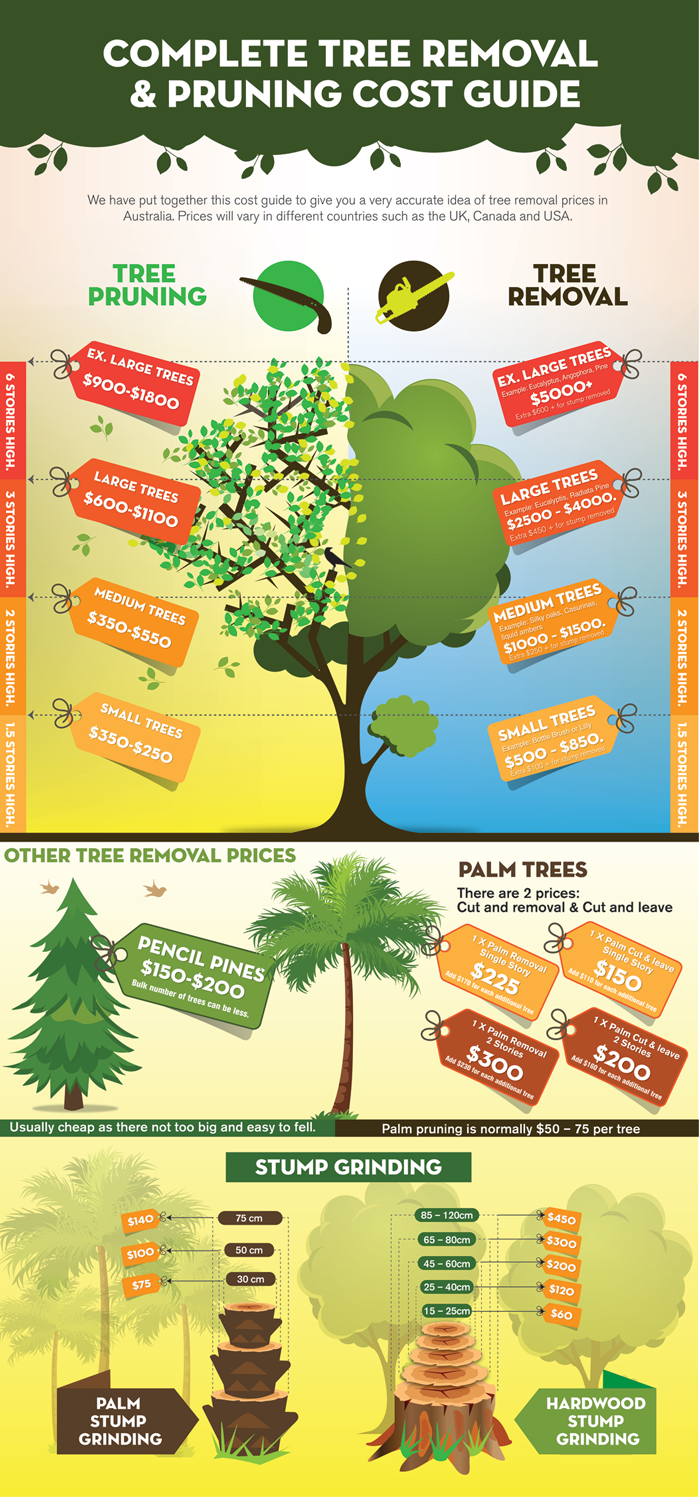Hints That Suggest Tree Removal: Exactly How To Area Hazardous Trees
Hints That Suggest Tree Removal: Exactly How To Area Hazardous Trees
Blog Article
Team Author-Reid Malling
When it comes to tree treatment, identifying the signs that it's time for elimination is essential for your safety and home. You might discover tarnished leaves, wilting branches, or weird fungal growths indicating health problems. Architectural issues, like a substantial lean or cracks in the trunk, can likewise pose risks. Recognizing these indication can help you make informed decisions concerning your trees and prevent prospective risks prowling in your yard. What should Read Full Report try to find next?
Signs of Decay and Condition
When you observe signs of decay and disease in your trees, it's essential to act promptly. Seek tarnished leaves, wilting branches, or uncommon growths like fungi. These can show that your tree is struggling.
If you see splits in the bark or soft, mushy wood, these symptoms suggest interior degeneration. Furthermore, an abrupt increase in parasites around your tree can indicate that it's damaged and at risk.
Look for any dead or dying limbs, as they pose a risk to your residential property and safety and security. If you're uncertain about what you see, speaking with an arborist can offer clearness.
Attending to these indicators early can conserve you from more considerable damages and make certain the health of your lawn. Do not wait till it's too late.
Structural Instability and Leaning
As you observe your trees, keep an eye out for any indicators of architectural instability or leaning. If a tree leans considerably, it might indicate that the origin system is endangered.
Seek any type of fractures in the trunk or dirt around the base; these can signify potential failing. In addition, check for uncommon growth patterns, like an uneven crown, which may recommend that the tree is battling to hold itself upright.
If you see that the tree leans toward your home, high-voltage line, or other frameworks, it positions a better threat. Do not neglect these indicators-- consult an arborist to examine the circumstance.
Taking action early can protect against expensive damage and ensure your safety and security.
Dead or Perishing Branches and Vegetation
If you observe dead or dying branches and vegetation on your tree, it's a clear indication that something's wrong.
These undesirable areas can show underlying issues like condition, insect invasions, or ecological tension. When branches lose their leaves or transform brownish, they're no more contributing to the tree's health. Neglecting these indicators could bring about further decline, making your tree extra dangerous.
Dead branches can conveniently break short throughout storms, posing a threat to residential or commercial property and individuals nearby. It's crucial to analyze the level of the damages.
If the trouble impacts a significant part of the tree, think about consulting a professional. They can aid determine if elimination is essential to guarantee safety and security and keep the appeal of your landscape.
Conclusion
If you discover any indicators of decay, structural instability, or dead branches on your trees, do not disregard them. These signs can present severe safety and security risks to you and your home. It's constantly best to seek advice from a professional arborist that can offer a professional assessment of your trees. Taking action early can protect against accidents and pricey damage, guaranteeing your landscape stays risk-free and healthy. Remember, it's better to be positive regarding tree care than to wait for a catastrophe to occur.
